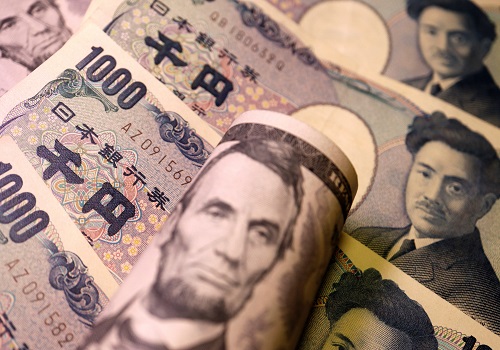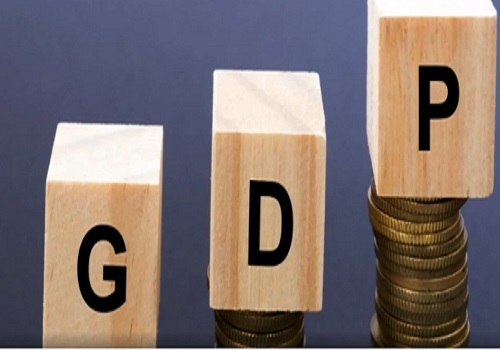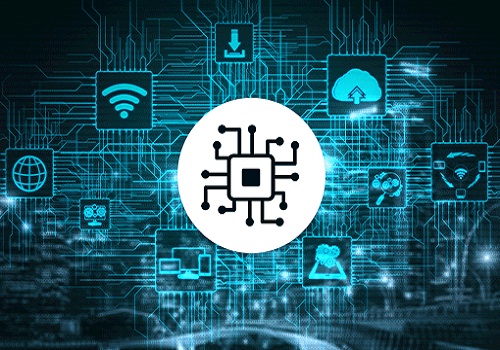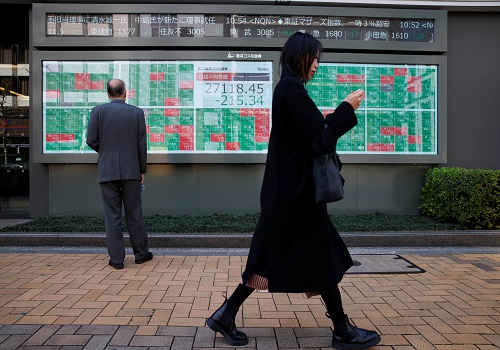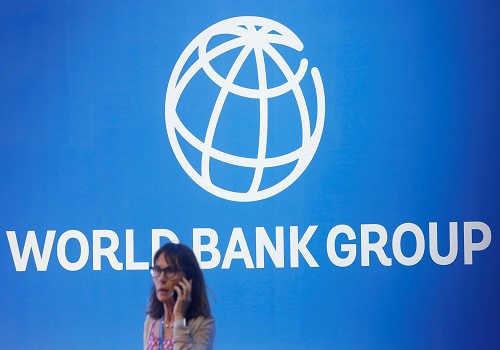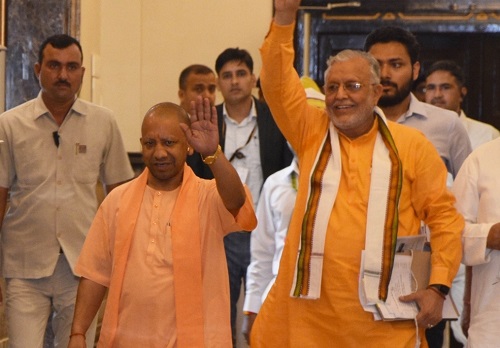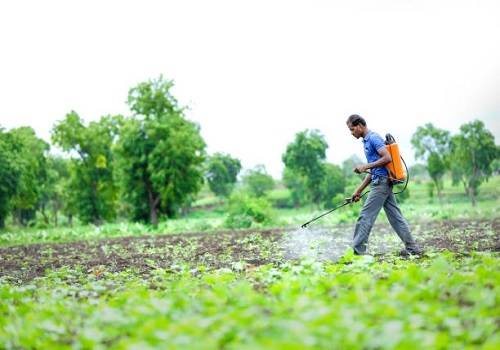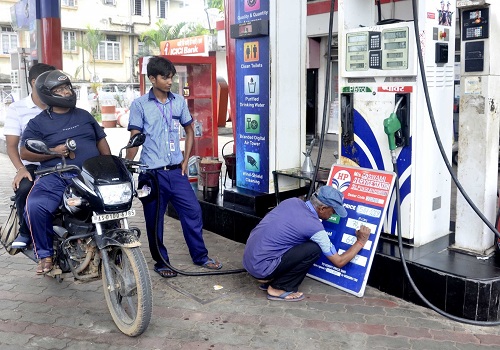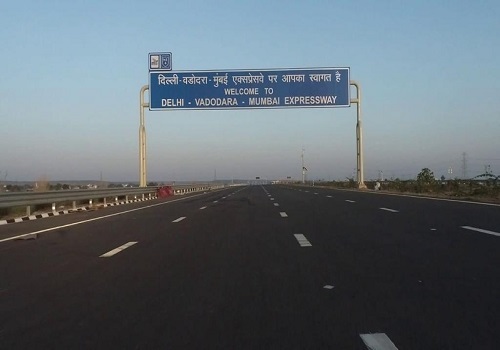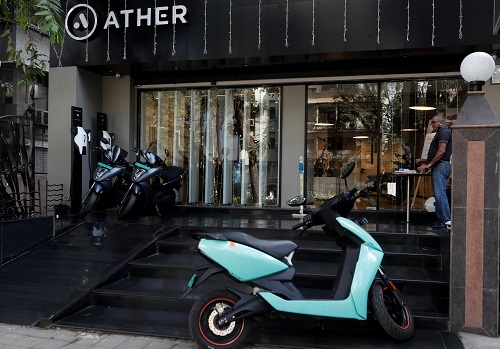Centre makes another bid to reform state discoms with Rs 3.03 lakh cr aid package
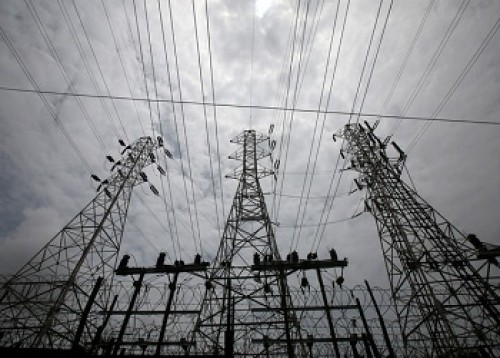
Follow us Now on Telegram ! Get daily 10 - 12 important updates on Business, Finance and Investment. Join our Telegram Channel
The government has yet again come out in support of the power sector that had remained financially stressed despite several instalments of financial and reform packages.
Announcing an economic relief package in the wake of Covid-19 disruptions, Union finance minister Nirmala Sitharaman unveiled
a Rs 3.03 lakh crore reform-based, results linked power distribution scheme as yet another attempt to restore the financial health of discoms by cutting down losses.
The new scheme of financial assistance to the discoms would aim at infrastructure creation, upgradation of systems, capacity building and process improvement.
The scheme would have State specific intervention in place of "one size fits all".
The participation in the new scheme would be contingent upon
pre-qualification criteria like publication of audited financial reports, upfront liquidation of the state government's dues/subsidy to the discoms and non-creation of additional regulatory assets.
Under the scheme, 25 crore smart meters, 10,000 feeders, 4 lakh km of LT overhead lines will be planned. The ongoing work of IPDS, DDUGJY and SAUBHAGYA will be merged with this scheme to bring in uniformity of purpose.
The total allocation under the scheme has been kept at Rs 3,03,058 crore with the Central share being Rs 97,631 crore.
With the scheme in place, states have been allowed additional borrowing for four years upto 0.5% of Gross State Domestic Product annually (Rs 1,05,864 Cr for 2021-22) subject to carrying out specified power sector reforms. This would mean that additional borrowing (up from 0.25 per cent of GDP for last year) would be available only if specified reforms are carried out by the state governments.









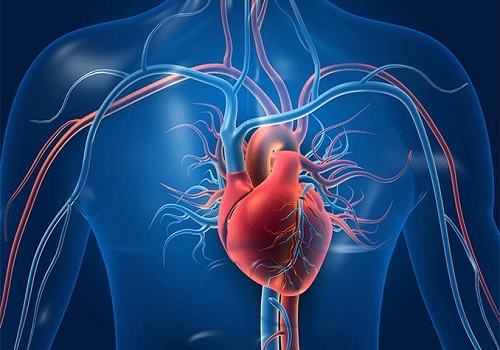


 320-x-100_uti_gold.jpg" alt="Advertisement">
320-x-100_uti_gold.jpg" alt="Advertisement">

